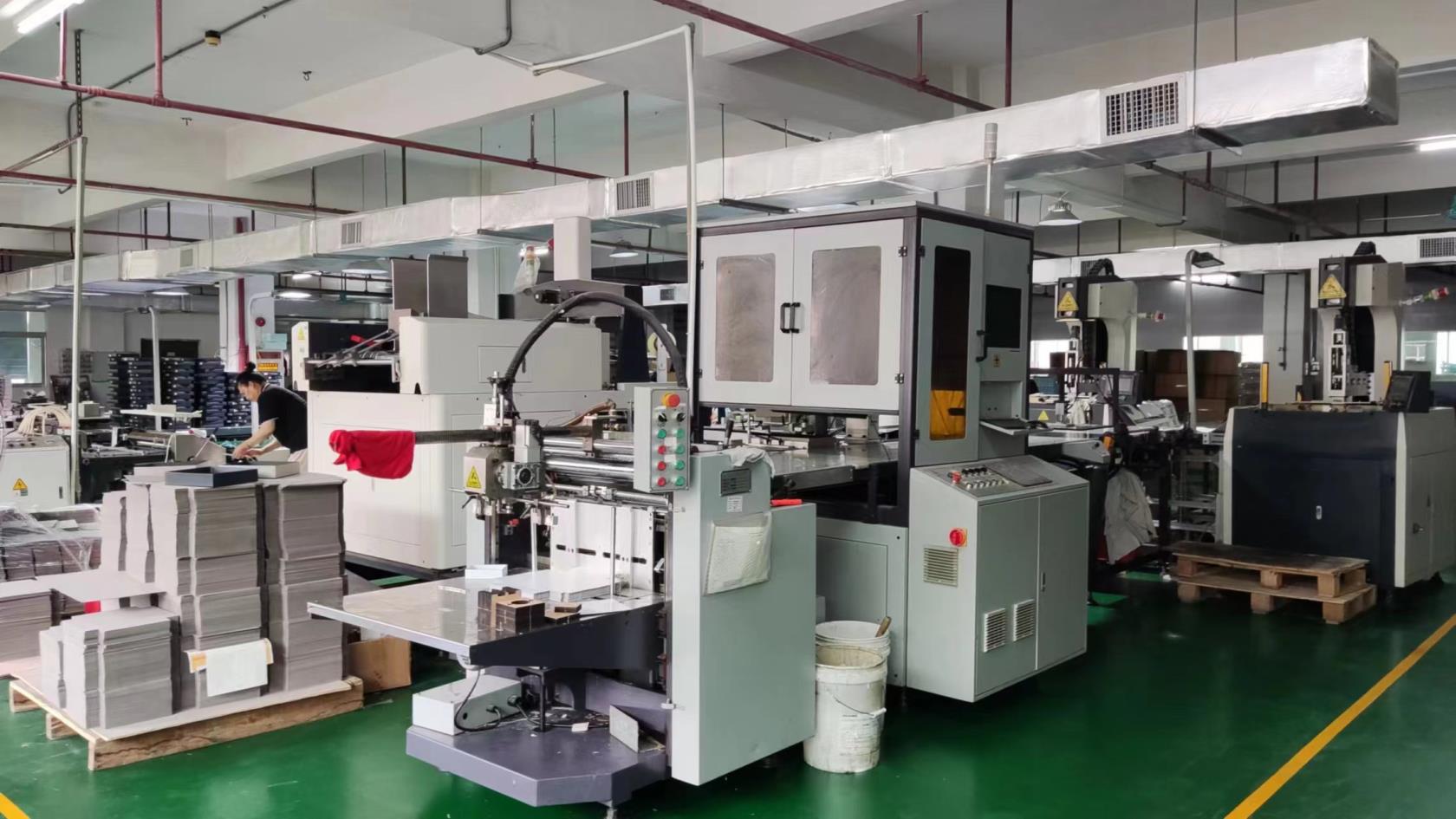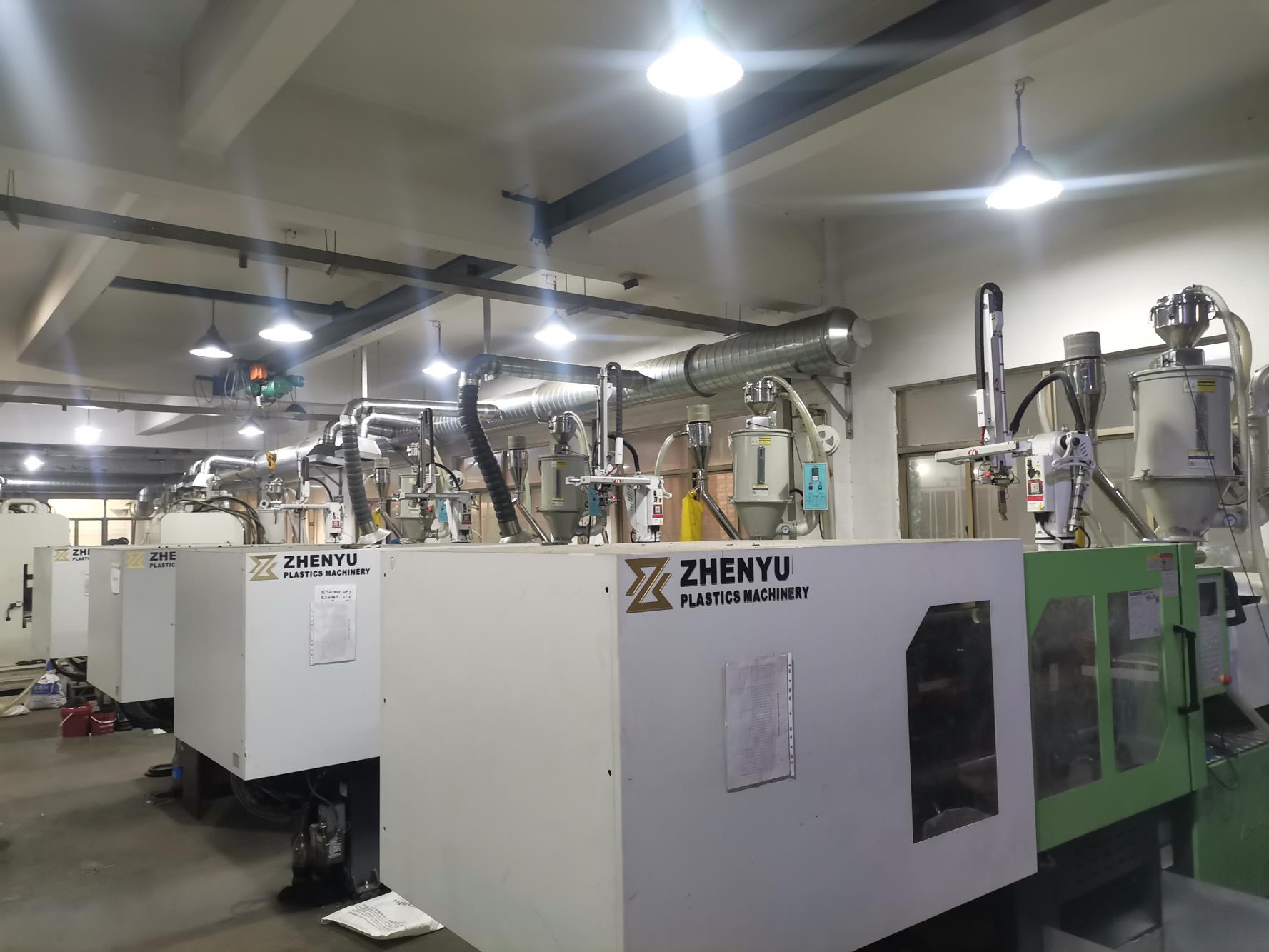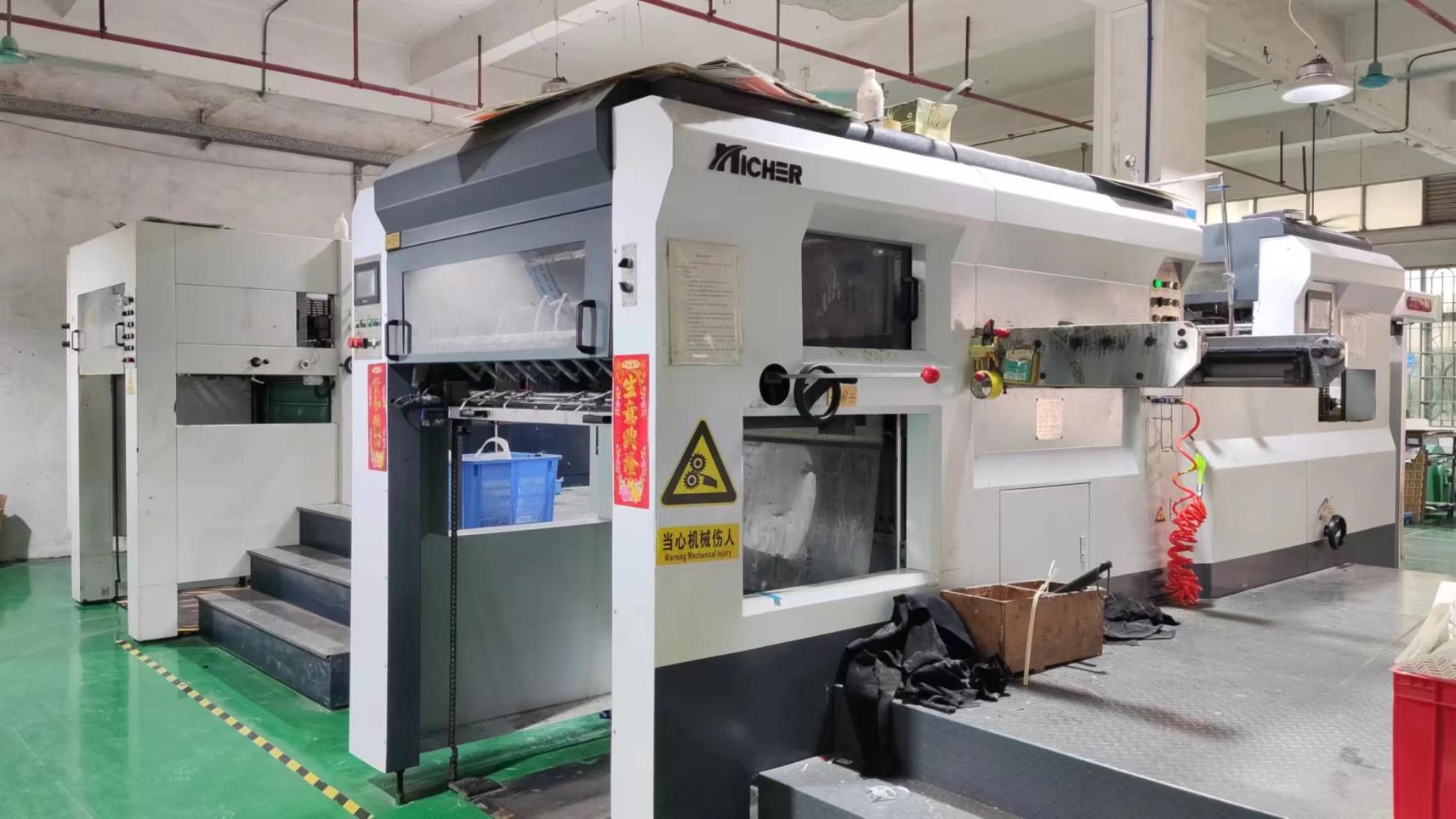
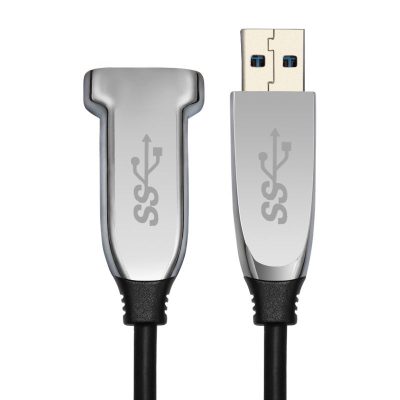


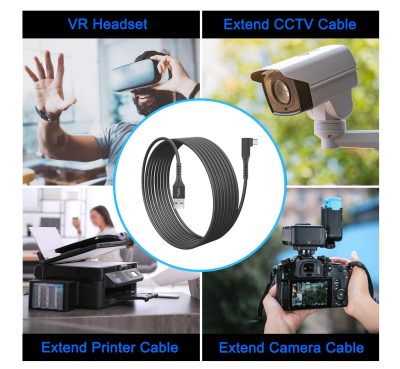
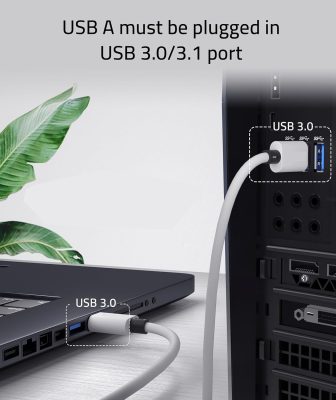
| Product Name | USB 2.0/3.0 Extension Cable (Length Specified) |
| Material | High-quality PVC Jacket with Copper Conductors |
| Connector Type | USB Type-A Male to USB Type-A Female |
| Data Transfer Rate | <ul><li>USB 2.0: Up to 480 Mbps</li><li>USB 3.0: Up to 5 Gbps (if specified as USB 3.0 compatible)</li></ul> |
| Power Delivery | Supports up to 5V 2A (USB 2.0), higher for USB 3.0 depending on compatibility |
| Compatibility | Works with most USB devices, including keyboards, mice, printers, external hard drives, etc. |
| Length | Specified length (e.g., 1 meter, 3 feet, 6 feet, etc.) |
| Color | Various colors available (e.g., black, white, blue, etc.) |
| Durability | Reinforced connectors and flexible cable for durability and easy routing |
| Packaging | Individually packaged or bulk packed (depending on quantity ordered) |
| Shipping Method | Standard or expedited shipping (depending on merchant and location) |
| Estimated Delivery Time | Varies based on shipping method and location |
| Payment Methods | Credit card, PayPal, bank transfer, etc. (depending on merchant) |
| Warranty | Manufacturer’s warranty (length varies by brand and product) |
A USB extension cable is used to extend the connection distance of USB devices, featuring a USB-A male connector on one end and a USB-A female connector on the other, allowing users to extend an existing USB cable to connect to devices further away. This type of cable is widely used in home, office, and industrial environments, increasing connectivity flexibility and convenience. Key features of USB extension cables include extending connection distance, typically ranging from a few feet to several feet; maintaining signal quality with high-quality cables featuring shielding to reduce electromagnetic interference (EMI) and radio frequency interference (RFI); supporting various USB standards, such as USB 2.0, USB 3.0, and higher versions, ensuring compatibility and data transfer speed; plug-and-play functionality, requiring no additional software or drivers, making it easy and convenient to use; and strong durability, with high-quality cables made from wear-resistant materials for a longer lifespan. Common uses of USB extension cables include connecting devices at a distance, such as linking printers, scanners, and external hard drives to a computer; providing flexibility in environments like conference rooms and presentations where frequent plugging and unplugging of USB devices is required; solving port location issues to easily access USB ports on computers or other devices; and extending VR device connections, providing necessary length to ensure proper device operation. When choosing a USB extension cable, consider factors such as data transfer speed, ensuring the cable supports the required USB standard (e.g., USB 3.0 or higher) to meet data transfer speed needs; selecting the appropriate length to avoid signal degradation; choosing high-quality cables with good shielding and sturdy construction to prevent interference and physical damage; and opting for reputable brands and certified products to ensure reliability and compatibility.
